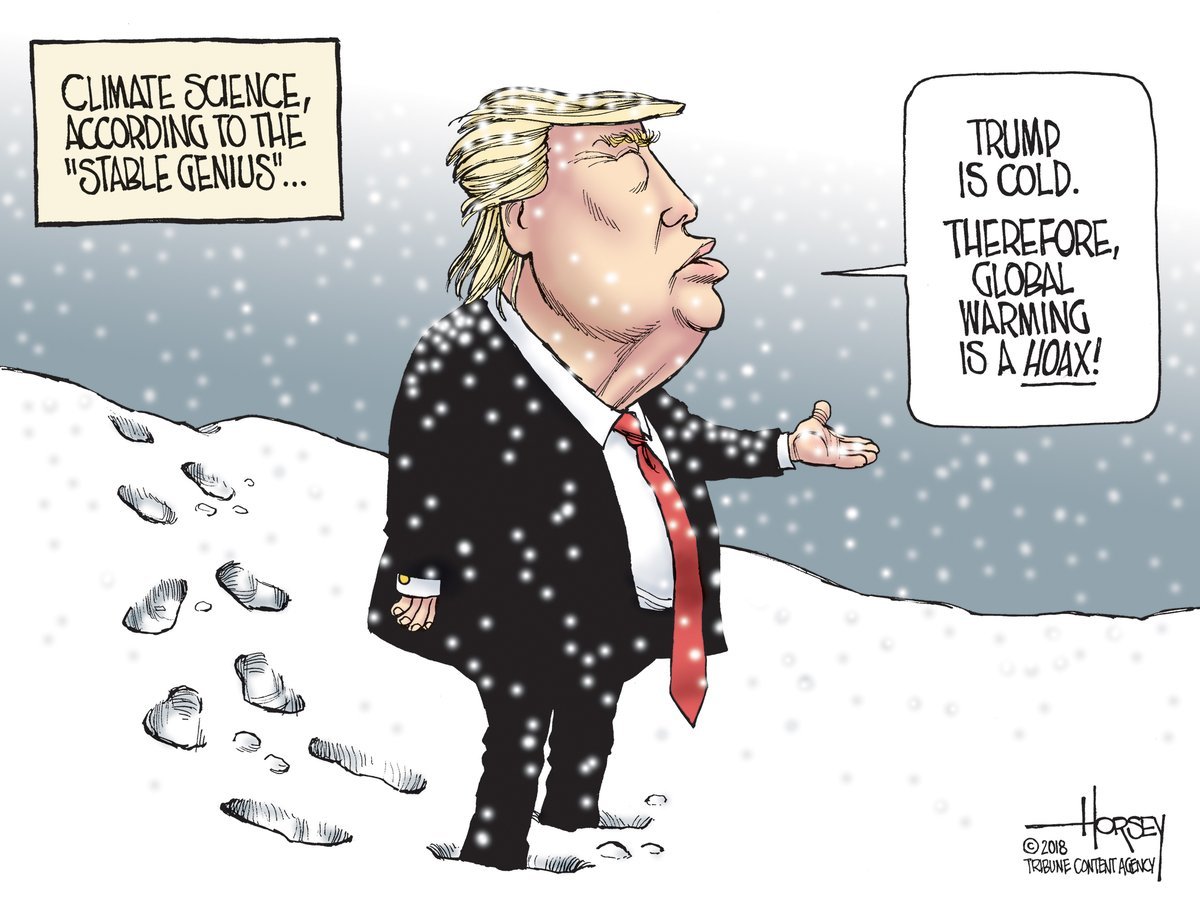
Fisheries worldwide are expected to face substantial struggles as warming ocean waters force marine species to change their migratory patterns
The climate crisis poses a growing threat to fisheries across the globe, as warming oceans force marine species to head for the poles or deeper waters—and away from some of the world's most heavily fished areas, according to a new report published in the journal PLOS ONE.
Warming ocean waters, as a result of anthropogenic climate change, have already caused migration changes for marine organisms, "which have generally been shifting poleward or into deeper waters as temperatures warm," according to the report.
For the new study, scientists examined the migratory changes of nearly 700 species living in the Atlantic and Pacific oceans along the North American continental shelf, and projected future shifts for these species, based on anticipated increases in ocean temperatures throughout the 21st century.

"We've already seen that shifts of a couple of hundred miles in a species' migratory range can disrupt and bankrupt fisheries," lead author James Morley, a marine biologist at Rutgers University, reported. "This study shows that such dislocations of migratory patterns will happen all over the continent and on both coasts throughout the 21st century."
As Rutgers researcher and co-author Malin Pinsky put it, "It's like the rug is slowly getting pulled out from under our fishing communities."
Even if the international community somehow manages to meet the ambitions of the Paris climate agreement and limit global warming to no more than 2 degrees Celsius, Pinsky explained that their findings indicate these fisheries could still suffer a great deal from the warming waters, considering that highly mobile marine species are changing habitats in response to the climate crisis 10 times faster than the rate of land-based species. They are migrating towards the poles where the water is still cooler than more central planetary waters.
"This is something that's been happening on the East Coast already. If we don't prepare for what is surely coming, it's going to create more conflict and challenges for fishing communities in the future," Pinsky warned. They will be struggling for survival and unable to follow the schools of fish which will migrate far beyond the range and capabilities of fishing boats.
Pointing out that fishing permitting isn't keeping up with the pace of migratory changes, particularly along the East Coast, Pinksy added: "Accounting for climate change is very necessary. If we pretend like nothing is happening, it's not going to help." In fact, if we pretend like nothing is happening we may lose the greatest source of food on the planet.




















/cdn.vox-cdn.com/uploads/chorus_image/image/40596276/dbso0e38e5eb66bqzxgm.0.0.jpg)
/cdn.vox-cdn.com/uploads/chorus_asset/file/2315556/walrus_2.0.jpg)


















